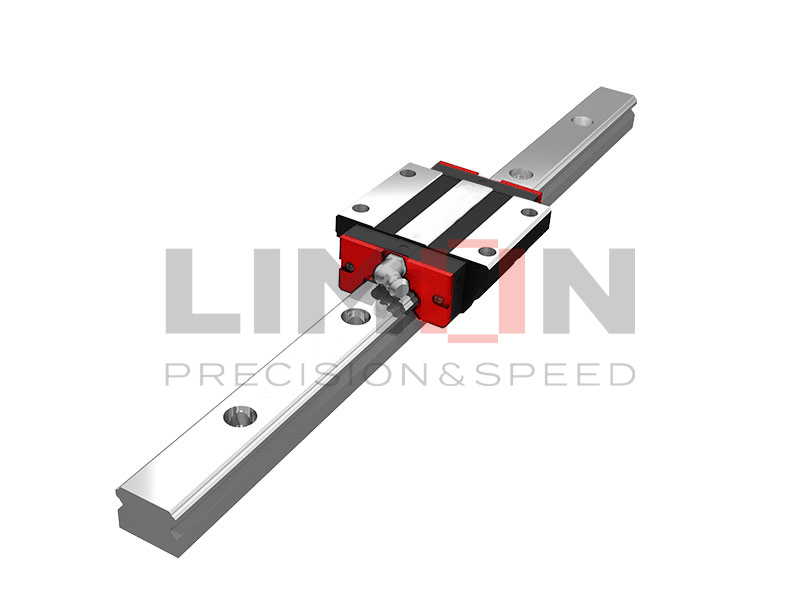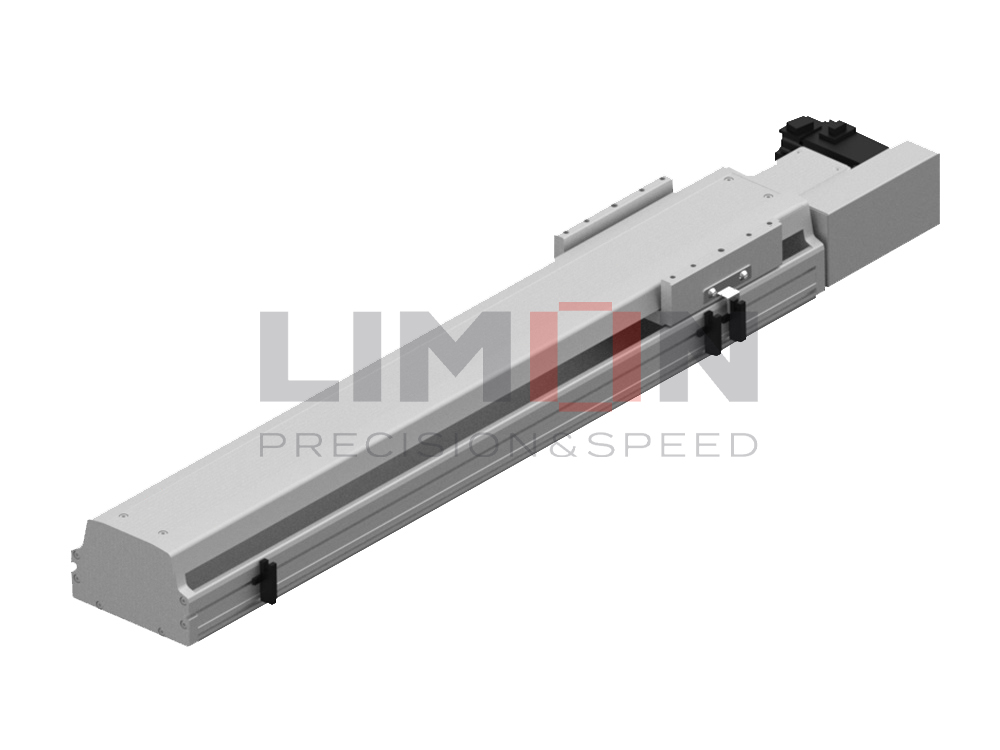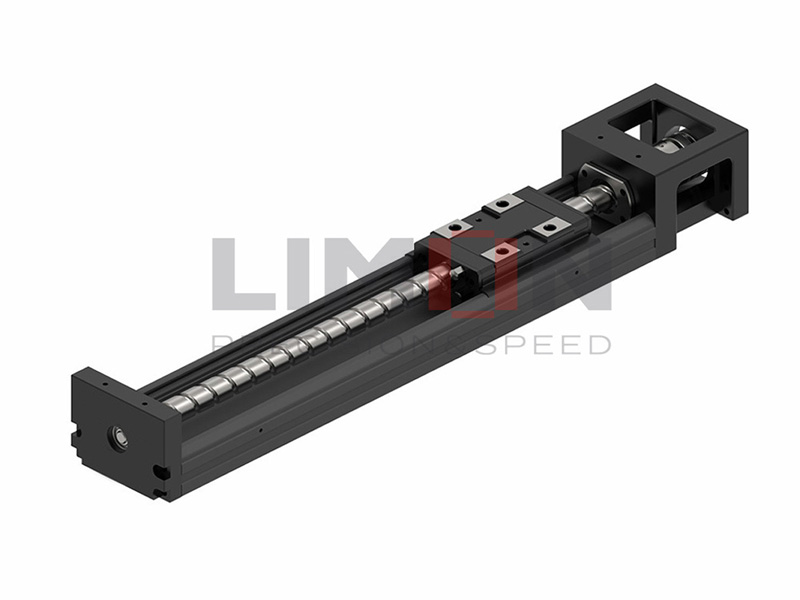Servo drives are at the heart of precision motion control across industries—from CNC machining to robotics and packaging automation. Whether you’re troubleshooting a fault or evaluating your vendor list, this comprehensive guide walks you through both servo drive fault analysis and repair best practices and introduces the top servo driver manufacturers leading the global market.
Servo Drive Fault Analysis and Repair: A Step-by-Step Guide
Proper servo drive troubleshooting isn’t just about trial and error—it requires a systematic diagnostic process. Here’s how professionals analyze and repair servo drives safely and effectively:
1.Safety Precautions First
-
Disconnect Power using LOTO procedures.
-
Wear PPE: gloves, safety glasses, and insulated tools.
2.Initial Fault Diagnosis
-
Read and interpret error codes via the display or software interface.
-
Observe symptoms like motor stalling, overheating, or erratic motion.
3.Electrical Checks
-
Verify input voltage using a multimeter.
-
Inspect fuses, circuit breakers, and ensure grounding integrity.
-
Confirm motor brake disengages correctly.
4.Mechanical Inspections
-
Manually rotate the load to detect jams or overloads.
-
Check couplings and bearings for alignment and wear.
-
Use vibration sensors to detect imbalance.
5.Feedback Device Testing
-
Use an oscilloscope to inspect encoder or resolver signals.
-
Verify alignment and shielded cable connections.
6.Parameter & Tuning Review
-
Compare PID settings, torque limits with manufacturer presets.
-
Re-tune position and velocity loops if needed.
7.Environmental Considerations
-
Monitor ambient temperature and humidity.
-
Clean fans and check for EMI/RFI interference.
8.Component Swap Testing
-
Replace drive, motor, or encoder with known-good units.
-
Use oscilloscopes to detect signal integrity issues.
9.Firmware & Communication Check
-
Update firmware and control software.
-
Verify signal integrity between PLC and drive (EtherCAT, Pulse/Dir).
10.Repair and Reassembly
-
Replace damaged components such as fuses or PCBs.
-
Gradually restore power and retest connections.
11.Post-Repair Functional Testing
-
Run at low speed, increase load while monitoring.
-
Use data logging tools for performance tracking.
12.Preventive Maintenance
-
Schedule regular inspection and lubrication.
-
Maintain detailed fault and repair logs.
Top 10 Servo Drive Manufacturers in the Global Market
Choosing the right servo drive manufacturer is just as critical as resolving technical issues. Below are the top servo drive brands trusted by OEMs and industrial engineers worldwide:
1. Siemens (Germany)
-
Key Products: SINAMICS series
-
Known for seamless integration with SIMATIC and TIA Portal automation suites.
2. Yaskawa Electric (Japan)
-
Key Products: Σ-7 (Sigma-7), Σ-5
-
A leader in robotics (MOTOMAN) and motion control solutions.
3. Mitsubishi Electric (Japan)
-
Key Products: MR-J5, MR-J4, MR-JE
-
Widely used in CNC machines and industrial automation.
4. ABB (Switzerland/Sweden)
-
Key Products: ACS-Motion series
-
Recognized for industrial robots and precision automation.
5. Rockwell Automation (Allen-Bradley) (USA)
-
Key Products: Kinetix
-
Dominant in North American manufacturing sectors.
6. Bosch Rexroth (Germany)
-
Key Products: IndraDrive
-
Excels in heavy machinery and mobile system control.
7. Panasonic (Japan)
-
Key Products: MINAS A6, MBDHT
-
Ideal for compact, high-speed robotics and packaging lines.
8. Omron (Japan)
-
Key Products: G5, R88D
-
Advanced connectivity for smart manufacturing and IIoT integration.
9. Delta Electronics (Taiwan)
-
Key Products: ASDA-B3 Series
-
Offers cost-effective servo systems with global reach.
10. Fuji Electric (Japan)
-
Key Products: Frenic MechaServo
-
Focuses on energy-efficient drives for automotive and semiconductor sectors.
Final Thoughts
Understanding servo drive fault diagnostics and knowing who the industry leaders in servo drive manufacturing are empowers engineers, maintenance teams, and procurement professionals alike.
If you’re building or maintaining a motion control system, both the diagnostic expertise and the vendor selection you rely on will make all the difference in system uptime, performance, and ROI.




